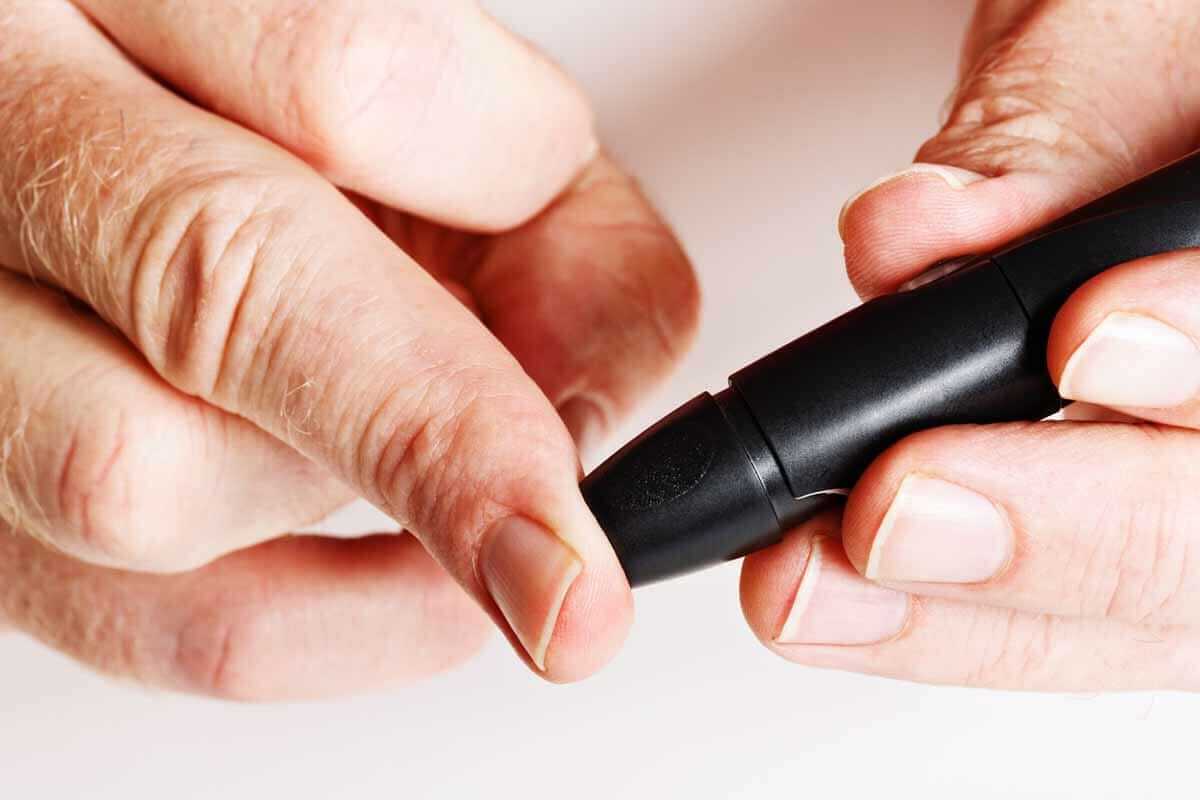Diabetes & Primary Care’s series of interactive case studies is aimed at all healthcare professionals in primary and community care who would like to broaden their understanding of diabetes.
These two scenarios outline the clinical implications and management of early-onset type 2 diabetes, as well as the challenges inherent in correctly diagnosing younger adults who present with symptoms of diabetes.
The format uses typical clinical scenarios as tools for learning. Information is provided in short sections, with most ending in a question to answer before moving on to the next section.
Working through the case studies will improve our knowledge and problem-solving skills in diabetes care by encouraging us to make evidence-based decisions in the context of individual cases.
Readers are invited to respond to the questions by typing in their answers. In this way, we are actively involved in the learning process, which is hopefully a much more effective way to learn.
By actively engaging with these case histories, I hope you will feel more confident and empowered to manage such presentations effectively in the future.
Naseem is a 37-year-old man of Asian ethnic origin presenting with osmotic symptoms and hyperglycaemia.
What examinations, investigations and treatments would you consider?
Tamsin is a 29-year-old woman of Caucasian ethnicity with symptoms of diabetes despite a relatively low BMI.
What other types of diabetes should we consider?
By working through this interactive case study, we will consider the following issues and more:
- What is early-onset type 2 diabetes?
- What are its risk factors and clinical implications?
- How can it be distinguished from type 1 diabetes, LADA, MODY and pancreatogenic diabetes?
- How should this aggressive form of type 2 diabetes be managed?






Jane Diggle examines the draft update to the NICE NG28 clinical guideline, plus new advice regarding the discontinuation of Levemir.
10 Sep 2025